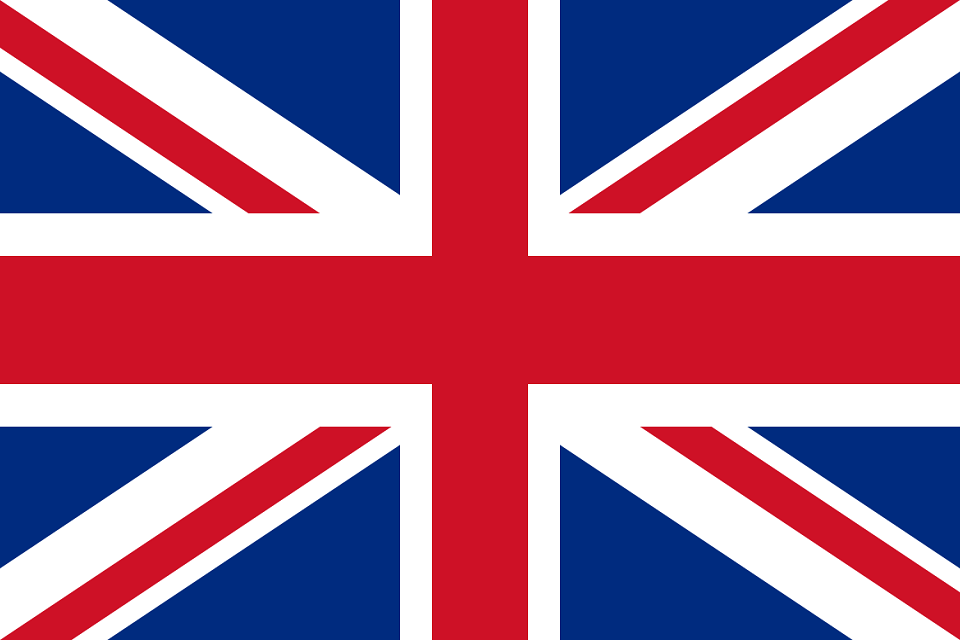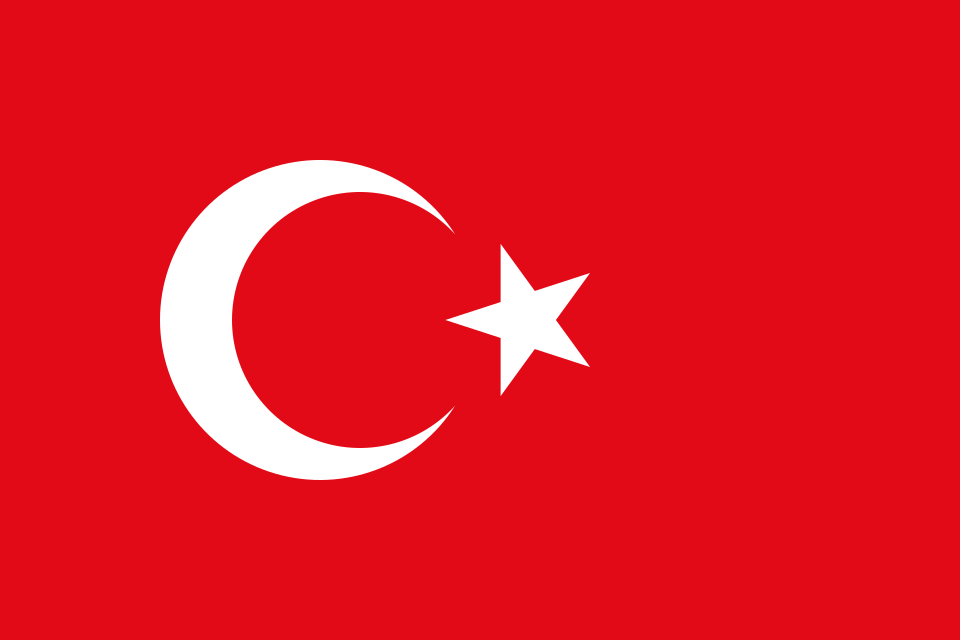Scoliosis surgery in children is a surgical procedure performed to correct abnormal curvature of the spine and provide stabilization. Scoliosis surgery is usually performed by a specialist orthopedic surgeon and may require a customized approach for each patient. Post-surgery, rehabilitation and physical therapy are important and help the child have a healthy recovery process.
What is Scoliosis?
Scoliosis is a condition characterized by a sideways curvature or rotation of the spine. It typically deviates from the spine's natural plane, creating a “C” or “S” shaped curvature. Scoliosis can begin during childhood or adolescence and may progress throughout the growth process.
While the cause of scoliosis is often unknown, it may be associated with factors such as congenital spinal abnormalities, muscle weakness, spinal injuries, or rheumatic diseases. Scoliosis can cause asymmetry in the spine and postural abnormalities, and in some cases, it may lead to back and neck pain.
What Are the Causes of Scoliosis in Children?
The causes of scoliosis in children can vary. Here are some commonly known causes:
- Congenital Factors: In some children, the spine may develop abnormally from birth. This means that there may be structural abnormalities in the spinal bones or ligaments.
- Idiopathic Scoliosis: While the exact cause of this type of scoliosis is unknown, it is believed to be influenced by genetic and environmental factors. Idiopathic scoliosis is the most common type and typically develops during adolescence.
- Neuromuscular Diseases: Neuromuscular diseases that cause muscle weakness or impaired muscle control (e.g., cerebral palsy, muscular dystrophy) can lead to the development of scoliosis.
- Congenital Anomalies: Congenital abnormalities in the spinal bones or structures may contribute to the development of spinal curvature.
- Injuries or Infections: Injuries or infections that directly affect the spine (e.g., spinal infections) can cause scoliosis.
- Rheumatic Diseases: Rheumatic diseases are sometimes associated with spinal curvature.
Scoliosis Surgery in Children in Ankara
Scoliosis surgery in children in Ankara is a surgical procedure performed to correct and stabilize abnormal curvature of the spine. The surgery typically involves the following steps:
- Anesthesia Administration: The child is placed under general anesthesia prior to surgery.
- Surgical Access: Appropriate incisions are made in the area to be operated on, and access to the spine is gained.
- Spinal Correction and Stabilization: Various techniques are used to correct spinal curvature. These techniques may include the placement of screws, rods, or plates on the spine.
- Bone Graft and Fusion: After the spine is corrected, grafts or synthetic bone grafts may be used to fuse the spinal bones together.
- Closure: The surgical site is carefully closed, and the healing process begins.

What Are the Symptoms of Scoliosis?
Symptoms of scoliosis in children may include the following:
- Changes in Spinal Shape: Noticeable deformities in the spine, lateral curvature (C or S-shaped), or rotation may be observed. This condition often results in an uneven curvature of the back or waist.
- Shoulder or Hip Asymmetry: Scoliosis can cause one shoulder or hip to appear higher or more protruding than the other due to the curvature of the spine.
- Lower Back or Back Pain: Scoliosis can often cause lower back or back pain. This pain can vary depending on the severity and position of the spinal curvature.
- Postural Changes: Scoliosis can cause postural abnormalities. The child's posture may be tilted forward or sideways due to the curvature of the spine.
- Clothing Fit Issues: Difficulties may arise in ensuring clothing fits properly. In particular, clothing may feel ill-fitting around the shoulders or waist area.
- Fatigue or Breathing Problems: In severe cases, significant spinal curvature may affect breathing functions or cause the child to feel fatigued during daily activities.
Does Scoliosis Go Away on Its Own?
Scoliosis generally does not go away on its own. Scoliosis is a condition defined as an abnormal curvature or rotation of the spine and can often progress over time. With early diagnosis and appropriate treatment, the progression of scoliosis can be controlled or stopped. Therefore, it is important to consult a healthcare professional if signs of scoliosis are noticed in children.
Can Scoliosis in Children Be Corrected with Exercise?
It is not possible to completely correct scoliosis in children with exercise. However, regular physical therapy programs and special exercises can slow the progression of scoliosis, support the spine, and strengthen the muscles. Exercises recommended by a specialist physical therapist play an important role in maintaining spinal health and managing scoliosis. In all cases, the treatment plan should be customized according to the severity of the scoliosis and the individual's characteristics.
What is the recovery process after scoliosis surgery in children?
The recovery process after scoliosis surgery in children in Ankara generally includes the following steps:
- Hospital Stay: The patient usually stays in the hospital for the first few days after surgery. During this period, recovery and health status are closely monitored.
- Pain Management: Pain management is provided after surgery. Painkillers and management techniques appropriate for the child are used.
- Rehabilitation and Physical Therapy: After surgery, the child begins rehabilitation programs directed by specialist physical therapists. These programs aim to strengthen the spine and increase flexibility.
- Preventive Measures: A corset or other protective devices may be used for a certain period of time after surgery to support the child's spine.
- Checkups and Follow-up: Regular checkups are performed after surgery, and the healing process of the spine is closely monitored. Following the doctor's recommendations helps the healing process progress in a healthy manner.





